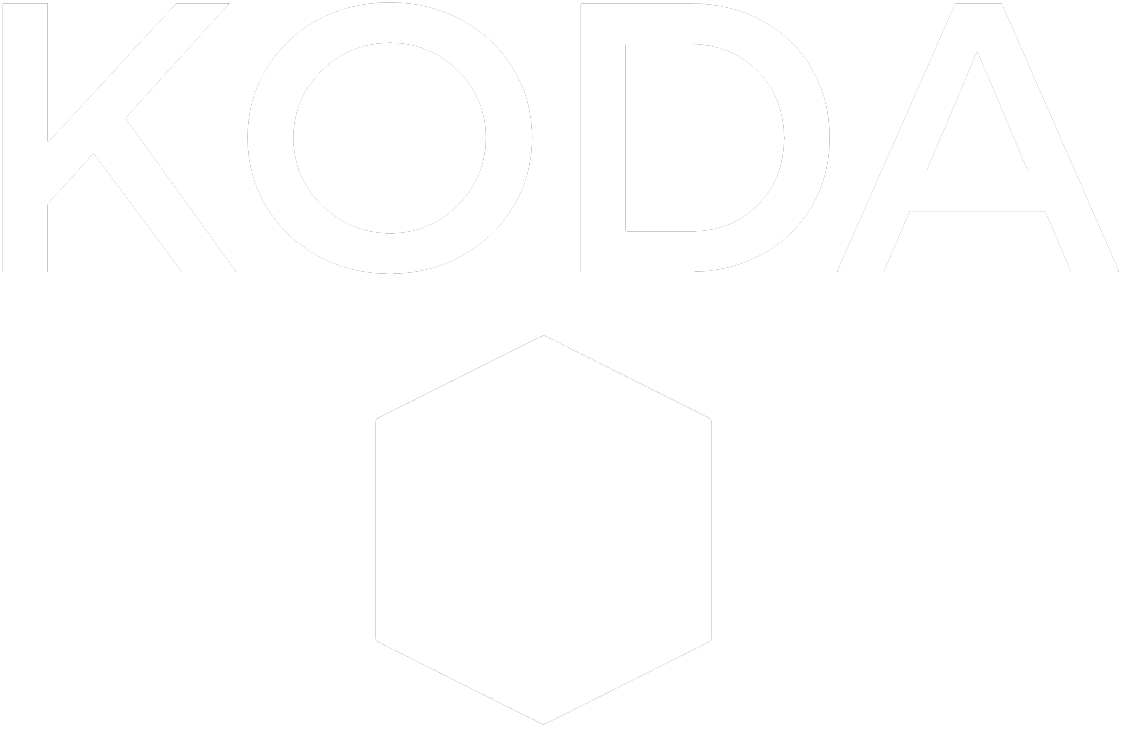A New Bike Stand
This week I set myself the task of building myself a new bike rack. I wanted it to be cheap, easy to put together with simple tools and to look good. It didn't take me long to find a good design on www.instructables.com and get stuck into building it.
An hour later I had about $50 of parts laying on the floor of my living room. I managed to have the frame assembled in about 30 minutes. What occurred to me after assembling the frame was that it wasn't quite going to work in my entryway where I keep the bike. The base was too big, meaning that the bike sat a long way off the wall. The stability of the base is an essential design element for this object, but I guessed that there was generous factor of safety which could be pruned to give a more pleasing result.




To test this assumption I harvested pieces from elsewhere on the frame and rebuilt the base. Result: Still stable and fits perfectly. So, while I was harvesting those other pieces I got to thinking about what I was doing… some version of Just-In-Time Designing. The components themselves facilitated that approach. Not something I would have been able to do if the plumbing pipe system didn't offer a broad range of standardized, proven and highly compatible components.
What’s the alternative?
Now don’t get me wrong – there’s definitely a place for CAD design. This article is not about critiquing CAD, but instead, about acknowledging an interesting anecdote of interactive design, and rapid prototyping. These days 3D printing offers companies the opportunity to undertake Rapid Prototyping. As these machines become cheaper and faster designers will have to change the way they think about getting the task done.
I’ve done this before: spent hours looking at, rotating, sectioning and tweaking a design. An example comes to mind and involves automated shuttered prism system for roadheader and TBM navigation systems. For the last 20 hours spent designing the device in CAD, only a few minor tweaks were made, and as my confidence increased I was happy enough to get it manufactured.
Once the parts arrived and we started to assemble the mechanism it didn't take us long to create a significant list of improvements – most related to assemblability, durability, maintenance and simplicity of design. Within about 1 hour we’d improved the prism system a massive amount because we could touch, feel and interact with the system far better than we ever could in CAD.
The Highs and Lows of Monitoring
An interesting monitoring and control project has come across my desk in recent weeks. Part of my involvement includes the design of a simple pump control system which implements high and low level detection, but also manual control of the system by a user or datalogger – all in a fail safe way. This was incredibly fun, and the solution is simpler than I thought it would be. After lots of thinking about the circuit design I felt like I had bedded it down and ordered the parts.
The entire pump control system is built upon DIN rail mountable connections and relays. A colleague of mine who had never really seen this stuff before said to me: “it’s like Lego, but for engineers”. I could only agree. Anyway, half an hour later I had what I needed all put together, wired up and tested. It worked just as I’d hoped, and I am excited about implementing it soon.
The design is simple, user-friendly and re-configurable. Many monitoring and automation problems benefit from versatility like this. If there’s one thing that I've learned is that lots of real-world requirements pop up once you start to implement things in the field. Some you can predict, but others are surprising and as varied as the projects themselves.
Final Word
The problem with walking around Home Depot for about 1 hour is all the extra things you end up buying. This time I walked out with a $100+ 12V Milwaukee drill and bit driver set. I hesitated for a while but the salesman finally sealed the deal when he mentioned the fact that the 12V batteries can be plugged into Milwaukee winter jackets to provide extra warmth to the wearer. I’m 99% sure I’ll never need that (especially in Texas), but that kind of thinking makes me excited to buy from a smart company who is willing to experiment and make the user’s life better. Sound like anyone else you know?
This process of design, prototype and refine harkens back to a few previous posts: one on lean startups and the other on TSShare. Make sure you read them if you haven’t. Please like, share, follow and we look forward to comments.
Until next time, KODA

